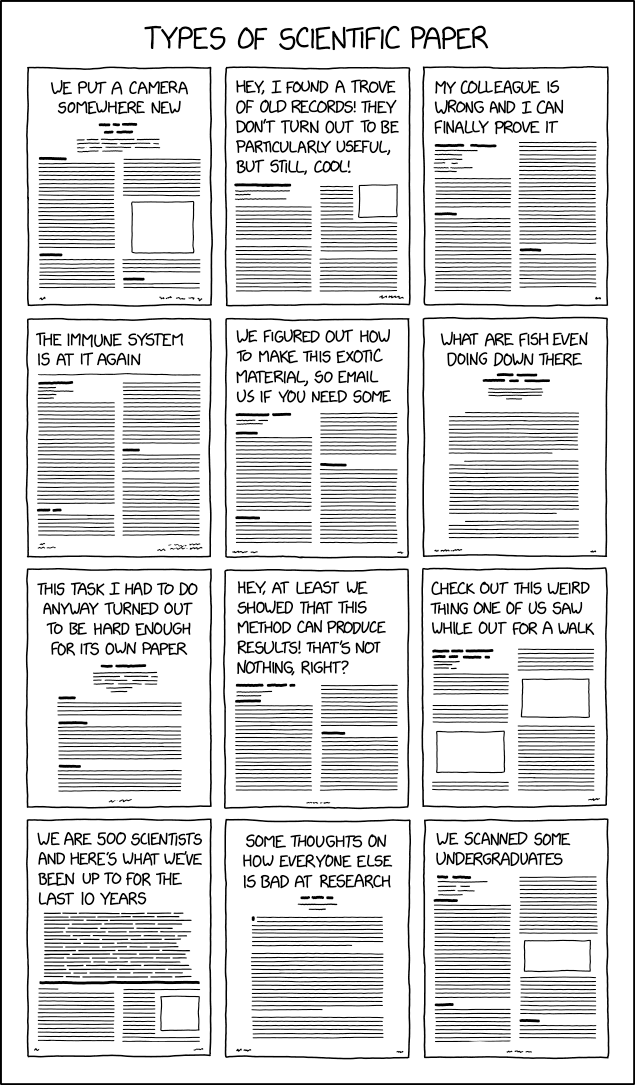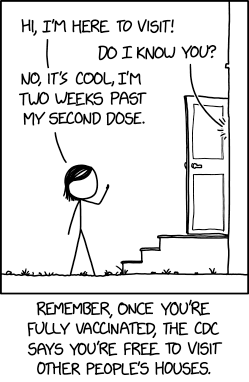Hi Captain and Fam,
I (30, she/her) am mad. I’m mad because multi-level marketing cults are taking my friends and brainwashing them into trying to commodify my friendship. I have a friend, (32, she/her) who we will call Francesca. Francesca is a very dear, dear friend of mine. We have been friends for years. Recently, Francesca decided to participate in yet another shitty makeup MLM. This is the second or third one. The story is always the same. A friend of hers gets suckered into this cult, Francesca “supports” the friend by going to parties, buying the crap, commenting and sharing on social media all the cult brainwashing posts, and then she buys the “presenter kit” because it has SO MANY THINGS WOW and its CHEAPER than buying it all individually and oh HEY LOOK, its EVEN CHEAPER if I also sucker MY friends into buying this crap, isn’t this great?! What a cool program that lets me get shitty makeup for cheap! Rinse repeat for the third time. (bonus points for MLMs that also convince her that this makeup is made of unicorn blood and snake oil and is in fact the Best Thing Ever (TM))
Meanwhile. I love Francesca dearly. I spend time with her on a near daily basis. When households were “bubbles” in our part of the world in the pandemic, she and her husband and kiddos were my and my husband’s “bubble” household. I was the one doing the grocery pickups for them when they had to isolate due to a Covid-scare. I’m the one she calls crying knowing I’ll drop everything to come help, and I’ve done that numerous times. She does the same for me.
But somehow, some way, this insidious, miserable, parasite of an MLM shitty makeup pyramid scheme has convinced Francesca that I am “not supportive” if I don’t comment on the posts, if I don’t attend her “launch party” zoom thing because she’s “so nervous, and hates presenting, and it would be SO HELPFUL to me if you were there”. I don’t want to be there. I don’t want to be involved. I hate these companies and their brainwashing and their horrible products so much. I would rather snuggle a spider, and I’m the kind of person who makes my husband remove them because they squick me out so much. But somehow I’ve been cast as a “bad friend” who “doesn’t support women in business” by not supporting Francesca and buying into this cult nonsense. I’m mad. I’m hurt. I’m so utterly offended that my friendship has been reduced to performances of support on social media, that these companies prey on female friendships and female solidarity to try and FORCE me to support her (read: support them and end up giving them more money in what has become a very successful business model for them and other MLMs by commodifying female friendships). “You don’t have to buy anything!” she says, but my time is also valuable, and so is my sanity and I hate everything about this.
So, dear Captain, I have a question for you: What the fuck do I do here? I’ve been politely ignoring, changing the subject, not engaging. I’ve unfollowed all the crap on social media without blocking her outright, because I don’t want to do that. But when she turns her big sad eyes on me and is hurt that I’m not supporting this thing she cares about, I feel guilty and it pisses me off. What script is there that communicates “I love you, but I hate this, and I would very much like the MLM to not be a thing in my life anymore but I want YOU to be in my life.” I feel like saying that is going to launch her into another sales pitch about how “This isn’t an MLM! I don’t want you to buy anything!” justifications and I just don’t wanna. Maybe the script I’m asking for is too big, and maybe it’s like asking you to be Friendship Shakespeare and write a whole comedy/tragedy script for me about how this shakes out, but I’m at such a loss and I’m sad.
Please help,
Pockets (My racehorse show name is: Get Your Grubby Hands Out of the Pockets of My Friendship, Women’s Pockets are Too Small As it Is.)
Dear Pockets,
FYI, I have exactly two modes with this kind of thing:
- Here is $5, good luck with whatever that is!
- Absolutely fucking not.
Here’s $5: For close friends and family members who are parents of Girl Scouts selling cookies, fellow artists crowdfunding, people raising money for mutual aid or charity, if the ask crosses my feed and I can toss a little bit of money in the hat without missing it and I actively want to, I do it when I can. I figure that pretty much every indie filmmaker in Chicago has been passing the same $20 bill around since Kickstarter launched in 2009, it’s just good karma to toss a little in the jar when you can and ask without apology when you need to. Plus, sometimes the cheapest way to pay is with money.
vs.
Absolutely Not: For most MLM products, I mostly scroll on by like I never saw it. If I don’t want it, there’s no reason to even click. If I’m forced to engage, like, I get added to a secret Facebook group devoted to hawking the product, I leave the group immediately without comment or apology. If the person tries a more personalized pitch, I politely repeat “Oh, thank you, but it’s really not for me” until I can get out of the conversation. If it’s someone I really really like, I try not to judge them for doing whatever it is and also possibly try to forget all about it so I can keep liking them in an uncomplicated way. If it’s an acquaintance, especially someone who I suspect is talking to me only to try to make a sale, that’s much easier: *block*
I usually don’t provide reasons or argue. I realize that I could try to talk them out of selling whatever it is, but generally meeting attempts to evangelize with reverse attempts to evangelize is likely to make everyone mad, definitely waste a lot of my time, and will become more actively embarrassing for everyone the longer it all continues, so I don’t invest much energy on my way out of the conversation. Nobody likes a “I’m being mean to you because I’m worried about you for your own good” conversation, so I try to assume the person is an adult who is getting something out of doing whatever it is that I can’t see, and if they love the product or really want to do this with their time, so be it, I’m not the boss of them!
To help you with your situation, I want to dig into how this kind of hard-sell manipulation works, because it has the same framework as other kinds of manipulation but it’s so nakedly goal-oriented it might make the all the other kinds easier to see, too.
“I don’t want to spend money on things I know that I don’t want,” “I don’t want to cringe through social events that are really sales pitches for things I know that I don’t want,” and “I don’t want to lend my personal credibility to a giant scam by sitting politely through sales pitches to other people” are all reasonable, not-embarrassing positions to hold in life.
Same deal with “Friend, I’ve already told you that I don’t want to buy any of that or attend any of these things.” Even if you were being unreasonable (you aren’t), you don’t want to do it. That’s the best reason in the world to not do it.
In order to manipulate you successfully, your friend has to override your consent and turn your quite reasonable position and obvious disinterest into liabilities for you. She has to make you seem like the weird outlier who is reluctant to say the words “Absolutely not!” because feels riskier somehow than spending money and time on a thing you know you’ll hate. She is willing to piss you off to the point that you’re afraid that revealing how angry you are will piss her off too much and somehow “ruin” the friendship, which is it’s own special kind of audacity.
There are some very specific clauses of the supposed social contract that these predatory peer-to-peer sales schemes depend on for this kind of manipulation. A partial list:
A) Cultural mores and taboos around discussing money explicitly, asking for money, naming amounts of money, admitting you don’t have enough money, or that you do but you don’t want to spend it on this. (A capitalist culture where people are obsessed with money but it’s awkward and possibly rude to talk about money in direct terms is a perfect petrie dish for badness.)
B) Social ties, mutual expectations, euphemisms, and unspoken understandings as levers for fostering a sense of mutual obligation and discouraging direct communication where “yes” or “no” questions might be asked and answered.
C) Highly selective adherence to supposed rules of “good manners,” for instance, the belief that it’s always wrong to interrupt people, or that it’s always ruder to correct someone’s rude behavior than it is to do the rude behavior. This becomes kryptonite when combined with the target’s friendly human impulse to smooth things over and to save others from embarrassment.
How this combines, in practice:
Have you ever been in a restaurant where a lot of things are labeled “Market Price” on the menu? Market Price is usually code for “expensive,” and if you ask “So, how much will that actually cost?” you reveal yourself as someone who might not be willing or able to pay it. The price of a thing you’re about to buy is an obvious, not-weird thing to ask, and yet whole fields of marketing, sales, fundraising, and advertising are devoted to selling connection, emotion, identity, status, experiences, and narratives by placing incentives and complicated social frictions between you and what they’re trying to sell, in the hopes that some people will fall for the feeling so hard they won’t ask the price and others will feel so weird about asking that they’ll buy whatever at howmuchever. Companies that refuse to publish their salary range and who frown on you for asking directly about it in an interview are using the same tactic to sell you on accepting less. The harder it feels to ask an obvious, simple question, the more likely it is that strong manipulation is in play, and almost nobody is entirely immune.
This is part of why your “Francesca, I refuse to buy a $37 lip ‘gloss’ that tastes like a cross between diaper rash and chalk dust” refusal isn’t getting through the miasma of “It’s not just a business, it’s also FUN with YOUR FRIENDS” messaging the company is using on her. She told you that you don’t have to spend money, so why are you refusing FUN? With your FRIEND? She’s not SELLING stuff, she’s INVITING people to PARTICIPATE in EXCITING FUN STUFF WITH FRIENDS. Are you really going to put MONEY before FRIENDSHIP? I mean, even if you can’t be bothered to support a friend, she thought you were A Good Feminist who would at least want to show up for WOMEN in BUSINESS.
Manipulators like to complicate simple things. The most important stuff on their menus will always be listed as Market Price, and until you take the dare and ask outright, pretty much assume that you’ll be talking about what the manipulator wants to talk about for as long as they want to talk about it. For instance, by focusing the guilt trip about Francesca’s annoying sales behavior on whether or not you are “being a supportive friend right now,” Francesca glides right over the part where she knows that you don’t want anything to do with any of it. She’s been trained to actively override any and all objections and shoot down any reasons you might have for feeling as you do.
Displaying good manners, upholding principles, and fulfilling the obligations of relationships are only ever expectations that the manipulator has of you, the target, and only when it’s to the manipulator’s advantage. Say Francesca does break you down and you actually agree to go to a horrible Zoom thing and you try to get out of it later, that’s not just cancelling an RSVP, no, that’s Breaking A Promise To A Friend. Uh-oh! As long as the manipulator can redirect your attention away from the record scratch of “I said no, so why is this still a thing?” and into the fascinating self-inventory called “Wait, am I a good friend who keeps her promises?” then there’s still a chance she’ll get her way.
It gets worse. Every time you resist her framing about “what supportive friends do,” possibly by pointing out that a supportive friend wouldn’t try to wheedle you into this shit in the first place and would take “no” for an answer the first time, she’s under pressure to respond with bigger and bigger emotional reactions so that “doing what Francesca wants” and “not making Francesca feel unappreciated” becomes the path of least resistance and the price of your friendship with her. Insisting on directness and explicit communication puts you in the awkward position of being the one to name the secret price out loud: “Francesca, if I say I don’t ever want to come to any of these parties or promote your products, would you really stop being my friend?”
This is a very awkward. It’s a simple thing that feels incredibly complicated to actually say out loud, with fear of embarrassment attached, and voilà, this how the person who is NOT doing something aggressive or embarrassing is pressured to agree to unreasonable stuff in order to “save” the manipulator from the prospect of entirely self-created humiliation. People in the grips of simultaneously receiving and delivering a hard sell tend to gain temporary immunity to embarrassment, or they take all the wrong messages from it. “Oh, I’m just so nervous and it would help me so much if you were there.” Yes, Francesca, it would probably be weird and embarrassing if nobody showed up to your sales pitch party or it was not fun to be there so nobody ever came again, that’s the good kind of anxiety, misgivings sent to help you avoid predictable unpleasantness!
The way to counteract this kind of manipulation, generally speaking, is to return the awkwardness to the sender. Reject the manipulator’s framing of the situation, especially framing that tries to make what is patently ridiculous seem reasonable and what is obviously reasonable seem ridiculous or shameful. Redirect lofty appeals to principle into extremely concrete, immediate actions. Translate euphemisms into plain language. Don’t attempt to argue what’s fair, or what’s owed, resist the impulse to provide reasons to unreasonable people. Instead, embrace your subjective needs and wants as good enough reasons. What is the person actually asking you to do? Are you going to do it? No? Then say it that way.
To apply this, the next time Francesca gives you the sales pitch or invites you to an “exciting,” “fun,” gathering of “Women In Business,” RSVP “no.” Then be boring, direct, and consistent in deflecting all the follow-ups.
Francesca: “But you don’t have to buy anything! Just come support me as a friend!”
You: “I’m just letting you know I won’t be there.”
Francesca: “But why aren’t you supporting me as a friend?”
You: “Uh, just telling you I won’t be there.”
Francesca: “But I get so nervous, it really helps when you’re there.”
You: “Sorry, you’ll have to do it without me.”
Francesca: “You never support my dreams.”
You: “I don’t think that’s true, but nonetheless, count me out for Wednesday!”
Francesca: “Don’t you want to help women in business?”
You: “Not this business, I won’t be there, but good luck!”
Over time, you can nurture the friendship by seeking her out on topics that interest you, and giving her a lot of positive attention when she is the great friend you know she can be, and make all MLM talk extremely repetitive and unproductive. If you answer “why” questions at all, be very direct and don’t explain or sugar-coat it. “Because I don’t want to.”
It’s not easy, because it means accepting some things (like the “unsupportive friend” label, if the alternative is giving in) and letting go of others ( like the unlikely chance of winning the argument that MLMs are bad on the facts, no matter how true). Our friends want us to love them and believe in them wayyyyyyyyyyyyyy more than they want us to be searingly insightful about them, and while Francesca’s full of the sales propaganda brain goo, she’s going to hear all of your logical objections to MLMs as “I think you are being stupid” and the resulting defensiveness will either blow up the friendship then and there or get her to double down on converting you. Disengaging from these conversations quickly and with less guilt and friction is probably both a gentler and more realistic win condition than convincing her to agree with you, and for that “Oh, that’s just really not for me” is a more powerful argument than “MLMs are bad, because ______.”
It’s not easy because it rarely takes just one conversation to get it done. Even if you say something like, “Francesca, I love you so much, but you know I hate this sales stuff. I’m happy to support you with babysitting and hanging out with you, but please don’t ask me about this again, because the answer is always no'” reinforcing boundaries usually requires consistent actions over time way more than it does finding just the right words. By actions, I mean, is Francesca going to kidnap you at gunpoint and physically force you go log on to Zoom calls? No? Then you’re not going to any of them, grumble as she might, and as long as you continue not going, your point is made whether or not she ever concedes it.
So, I started by telling you about my personal “Here’s a small, token amount of money” vs. “Nope” approach and I wanted to revisit that.
One strategy for resisting manipulation successfully is to bypass all the “wouldn’t it be easier and more pleasant if you just gave in” pressure and embrace being notoriously difficult about that topic. It’s a matter of principle for you, so own it! Not as a logical arguing position where you try to convince Francesca to agree with you, but as something so carved in stone about you that there’s no point in even bringing it up.
I mentioned my circuit of elderly farming neighbors in a post the other day, and there was absolutely no point in asking Barbara Quandt, maker of homemade donuts and scourge of town council meeting agendas, to buy Girl Scout cookies and band candy fundraiser bars unless I felt like spending an hour, minimum, turning over her compost pile while she delivered a blistering, fully fact-checked lecture on the myriad crimes of the Nestlé corporation. She wasn’t buying it. So I knocked on different doors until I stumbled upon the town weed kingpin who lived down the road, and with his generous support I (unwittingly) provided sweet, sweet customer rewards for his clients and laundered drug money through the Girl Scouts of America and the Dudley-Charlton Regional School District’s music programs for nearly a decade.
Present day, much like the presumably late, indubitably great Barbara Quandt, there are products & causes where, no matter how much I like or love you, I’m just not buying your weight-loss shakes or putting a penny into the collection plate at your homophobic-ass church, and if you fail to heed the one face-saving “oh, that’s just not in my budget right now” I muster up, then I’m probably about to say some things I won’t regret at all, but you might.
On the other hand, there are people in my life, who, if they need a few dollars and I have a few dollars to spare, I don’t actually need to know what the money is for to give it away. That circle is small, and the amount of money I’m able to part with is necessarily low, which has the added benefit that my level of emotional engagement with what it’s for is also low. I don’t really lend money out (if I can’t give it away, then I can’t afford to lend it, either) and I don’t really believe in Teaching People Close To Me An Important Moral Lesson as a branch of economics. Sometimes it’s incredibly worth making a stand on principle, and sometimes it’s like, I have positive $5.00 and a deep deficit of interest in having a weird argument about this with you today, please go in peace.
I know! I know! This is how they “get” you! This goes against everything you stand for, and you are right to think so and resist the scourge! I strongly recommend Bartleby-level stonewalling about this whole topic for as long as you and Francesca are friends. But sometimes the cheapest way to pay is with money, so if you periodically decide that there is a small “Supportive Friend” tax where, exactly once per year you will choose to buy exactly one extremely inexpensive item from Francesca’s latest scheme, NOT because it’s a good idea or you’ve given up your principles or want to enable predatory capitalism, but because it buys you the ability to say, “I already bought the ‘woodsy’ scented candle that smells like deer piss and bandaids, stop saying I’m not supportive” for another year, while you pray she comes to her senses, then I for one will not judge you, though Barbara Quandt (a legend!) definitely would.














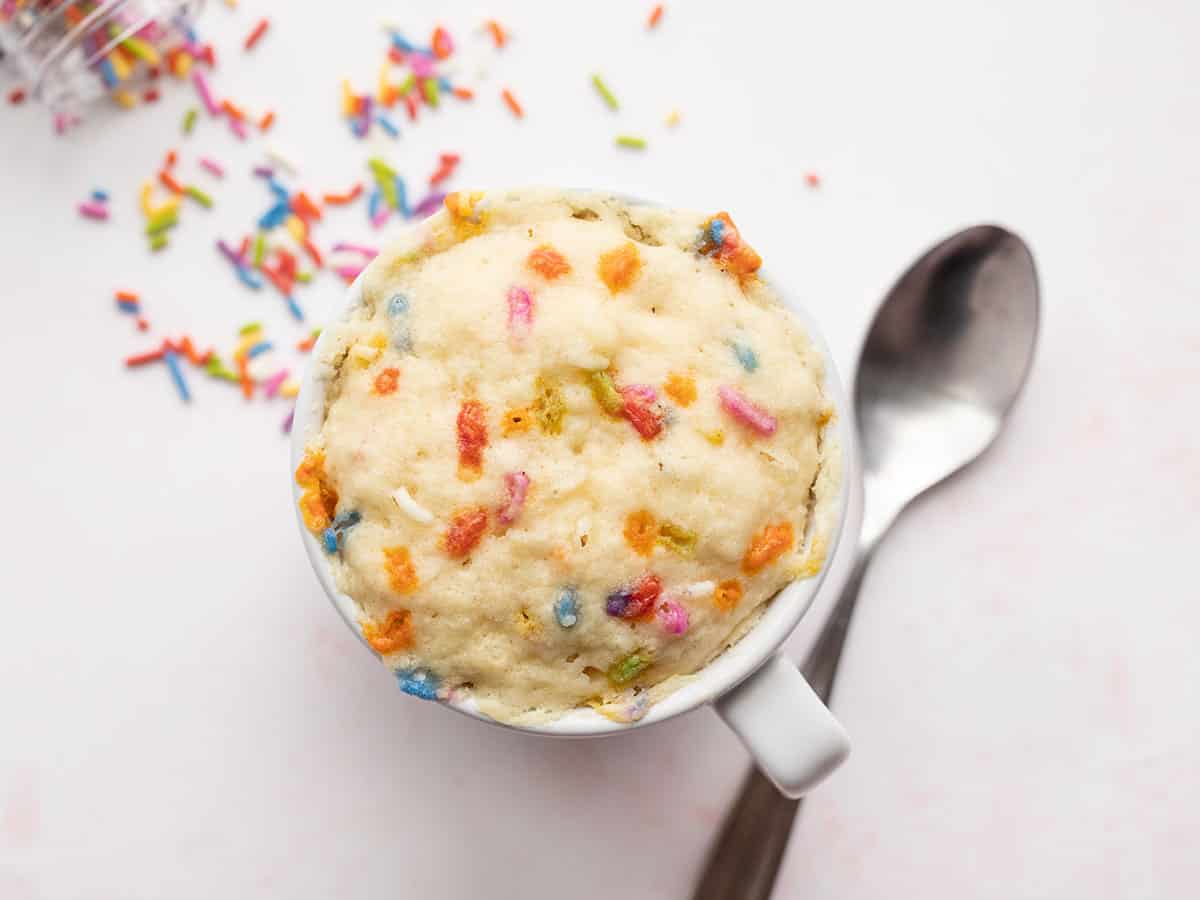
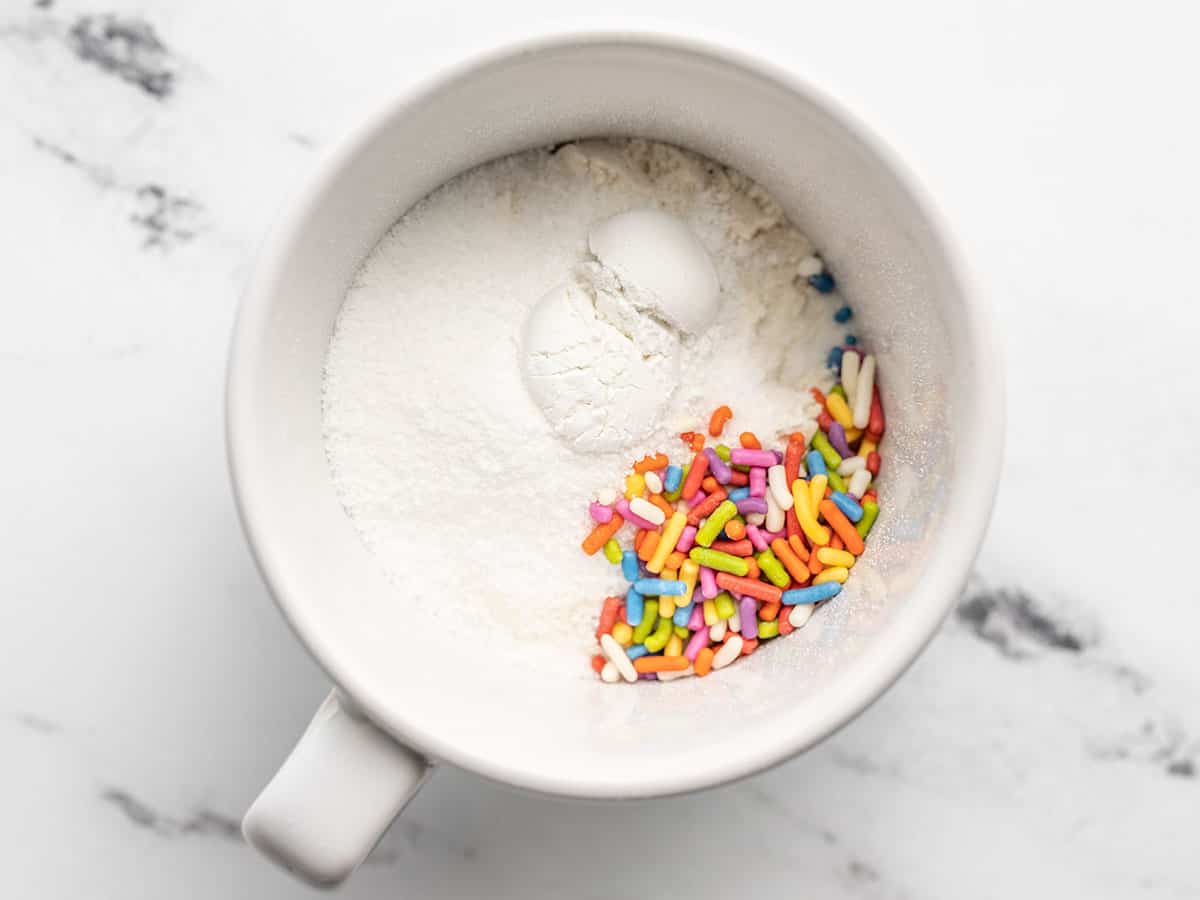

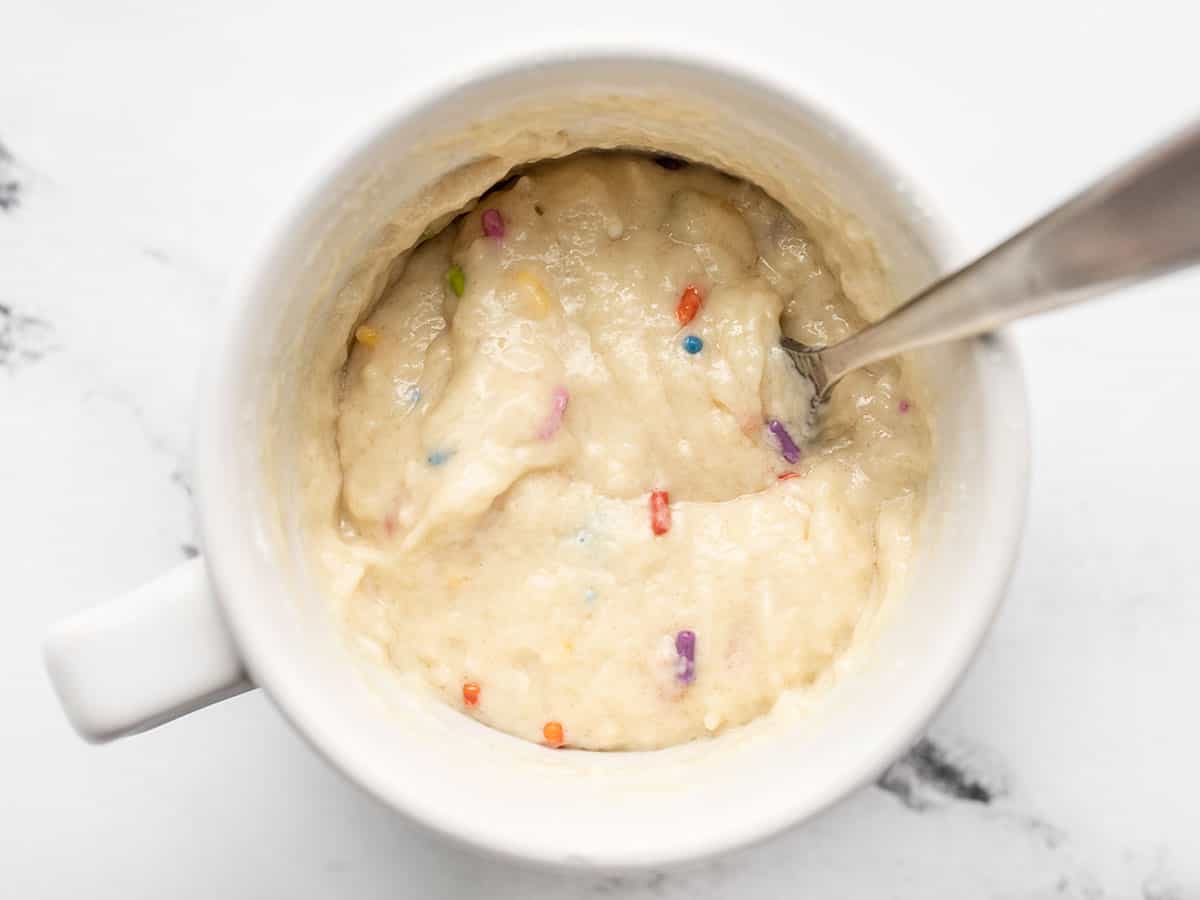
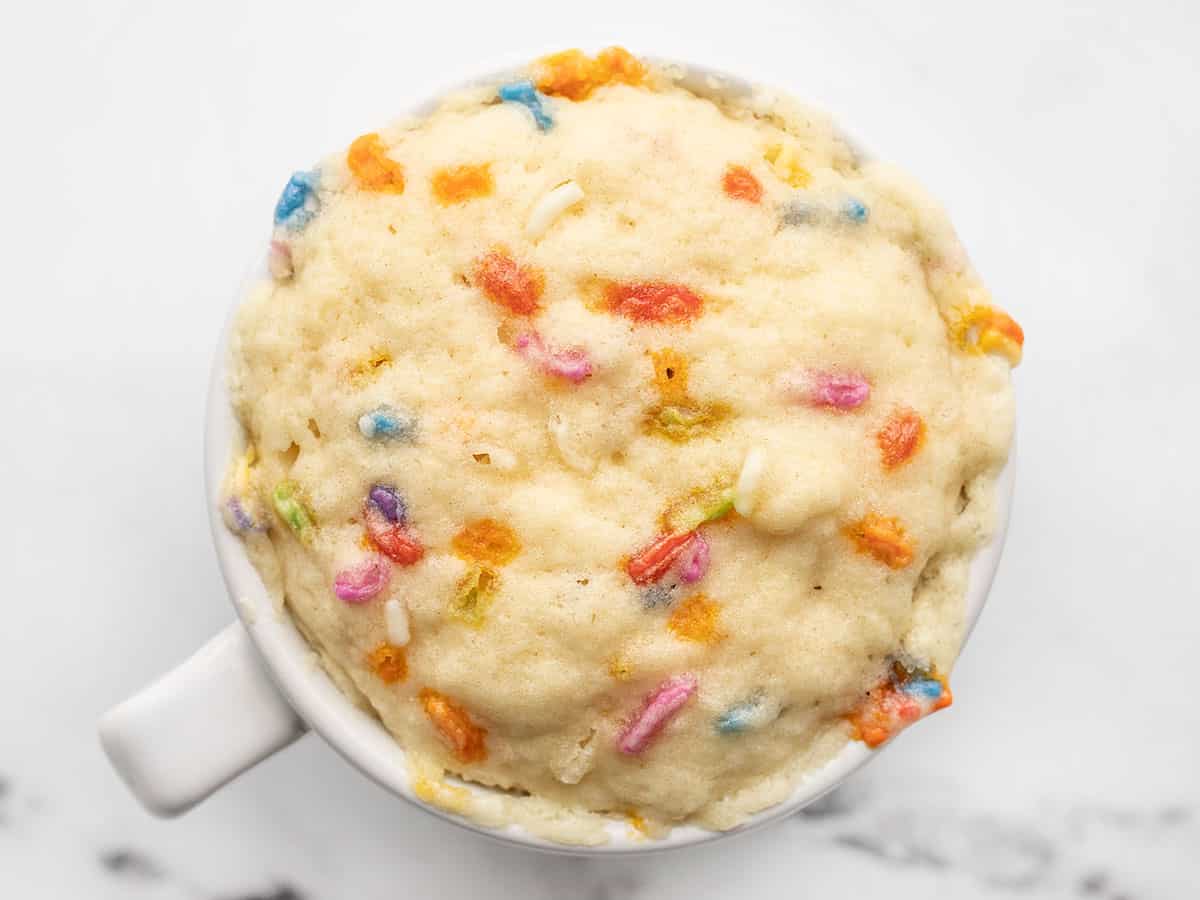


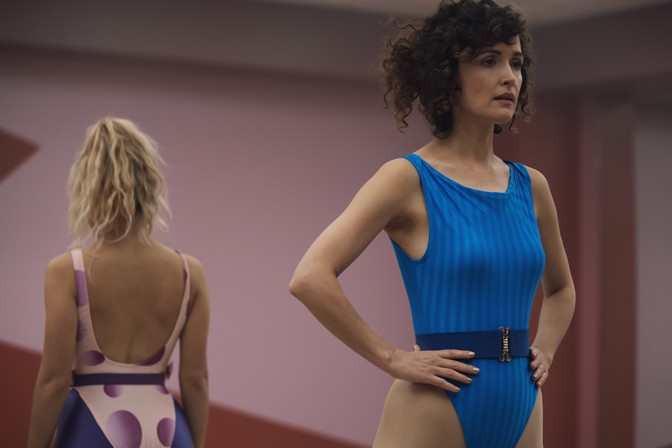
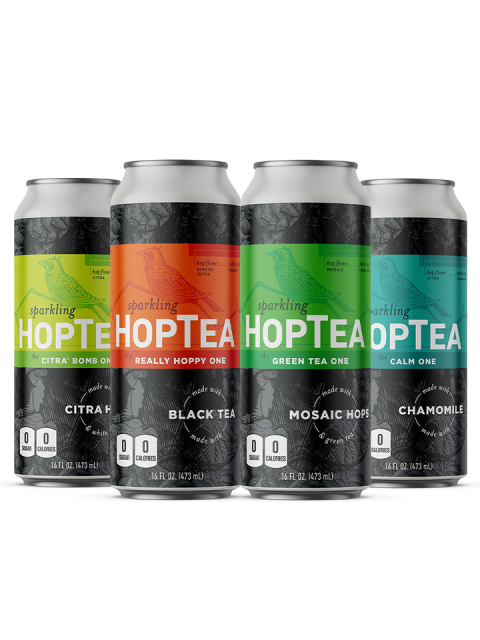
 Manu Raju @mkraju
Manu Raju @mkraju Jennifer 'pro-voting' Rubin @JRubinBlogger
Jennifer 'pro-voting' Rubin @JRubinBlogger



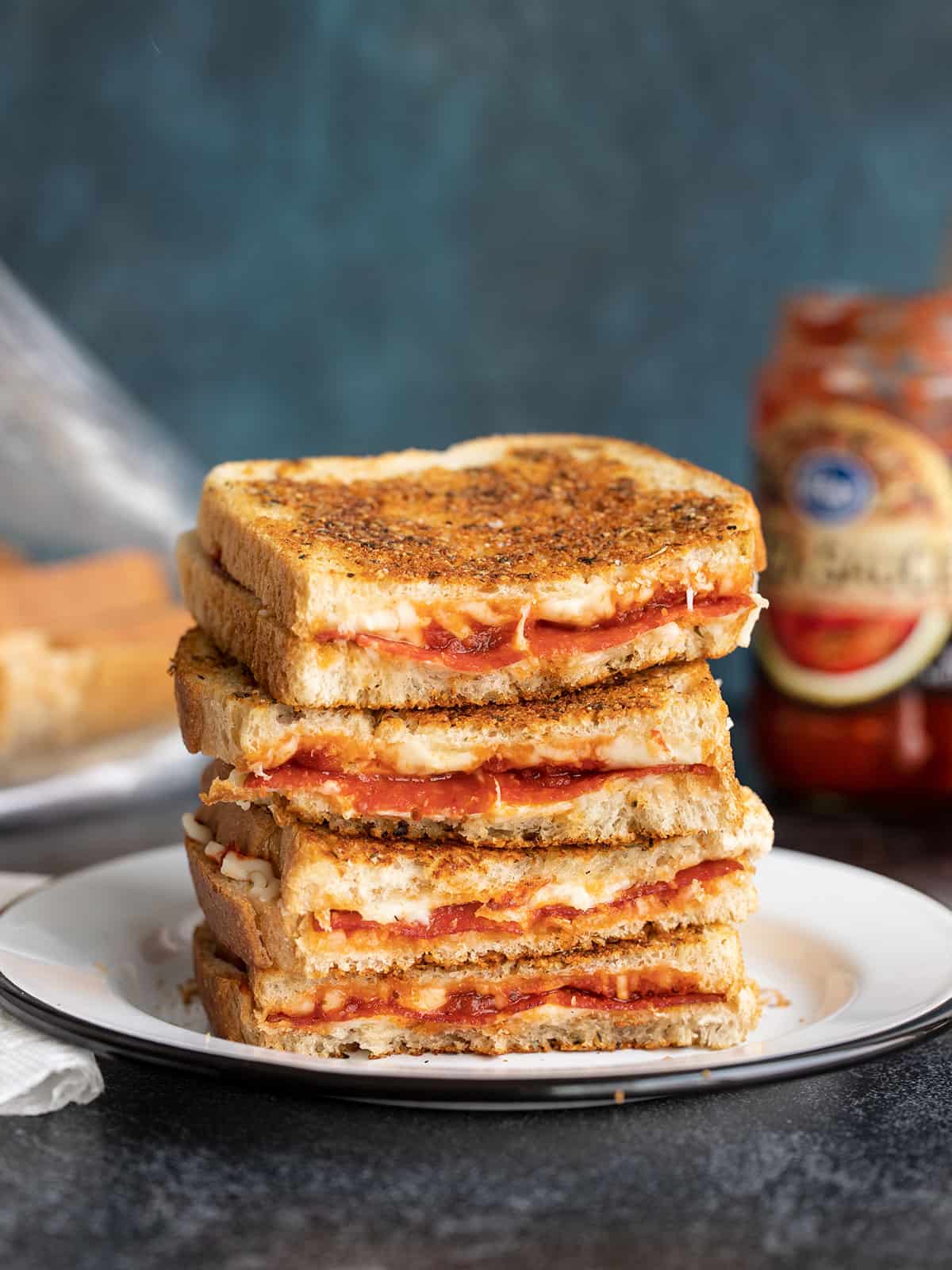
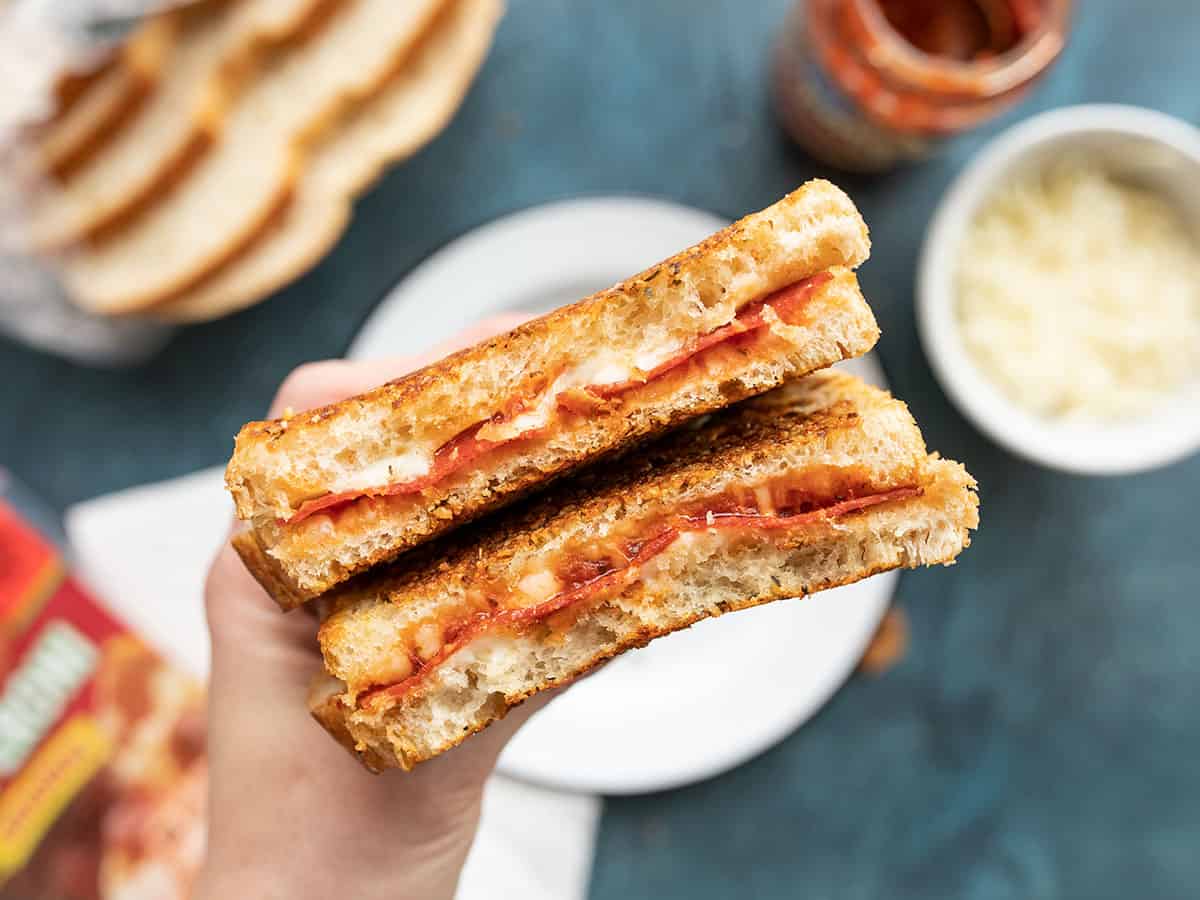

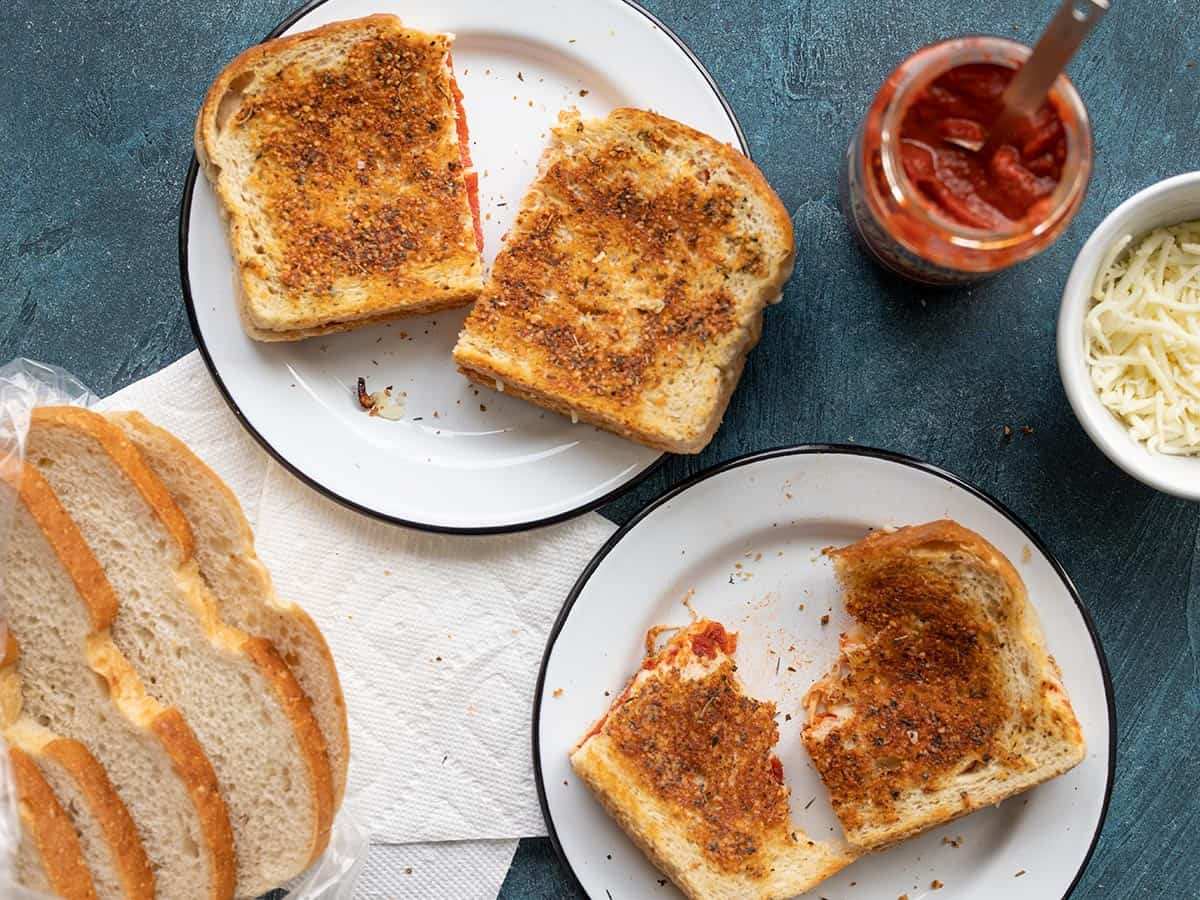
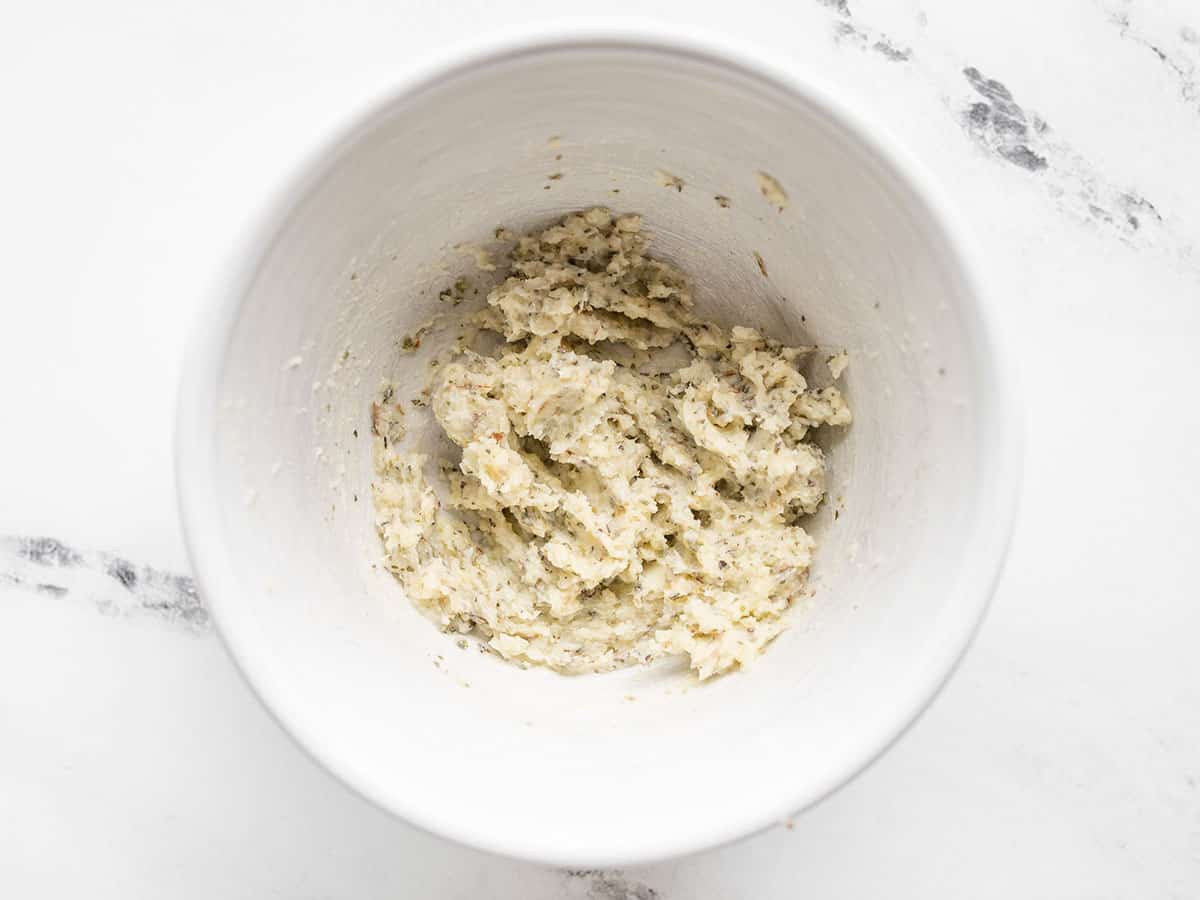
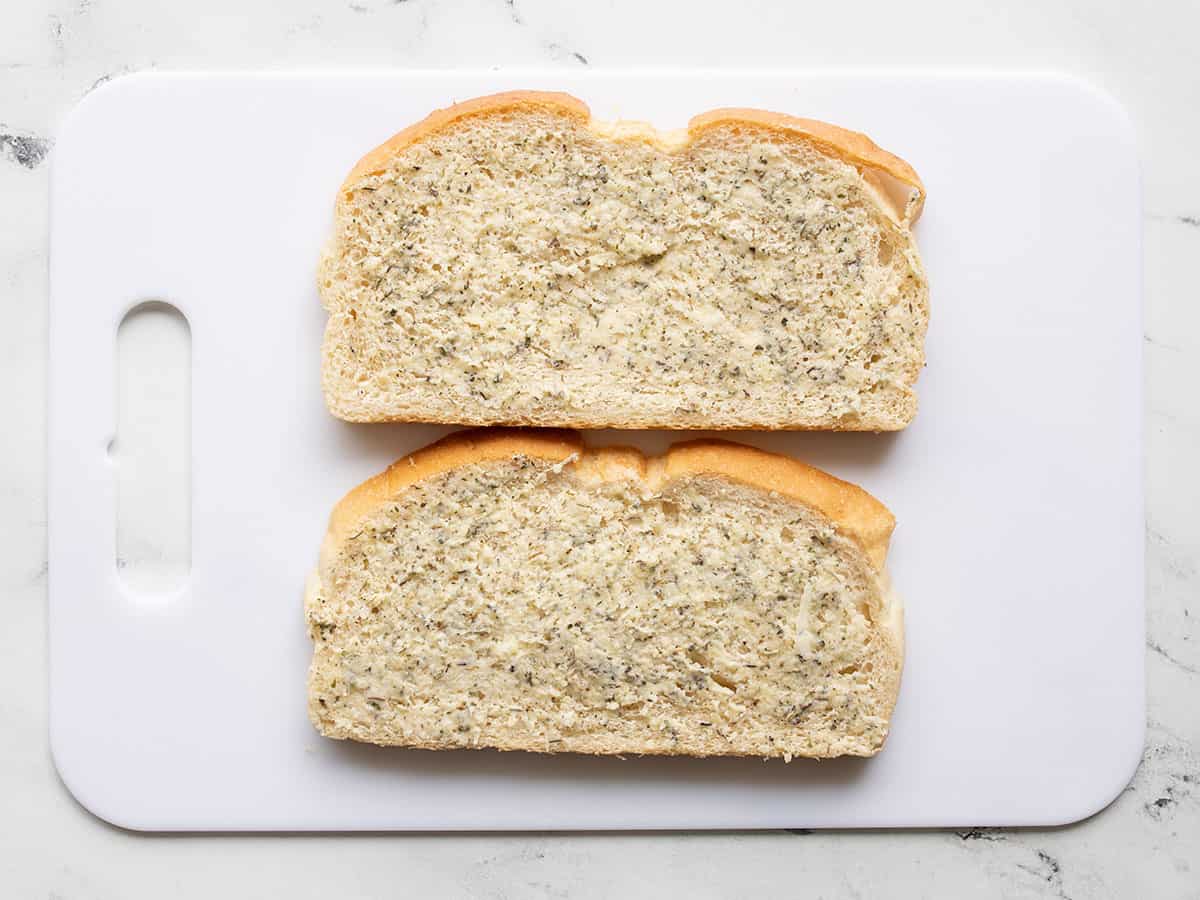


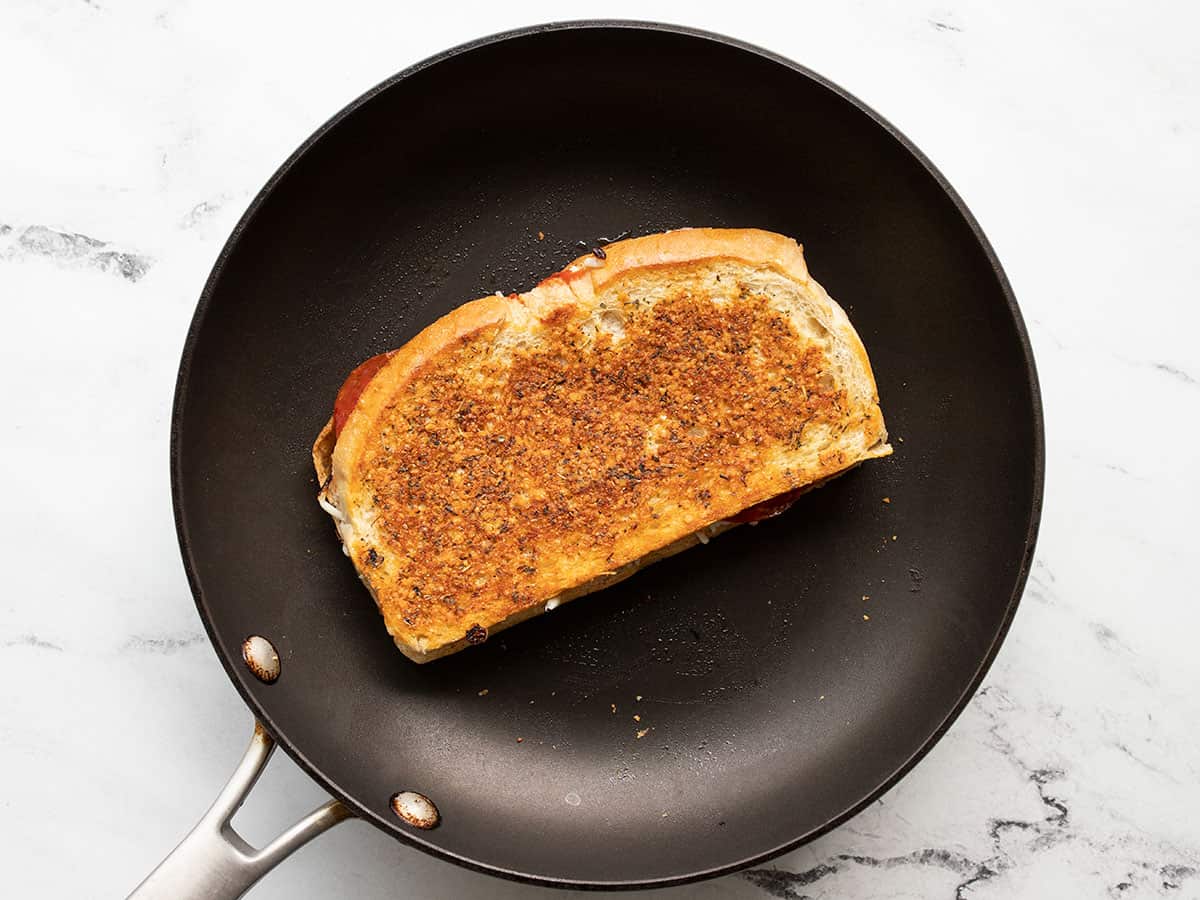

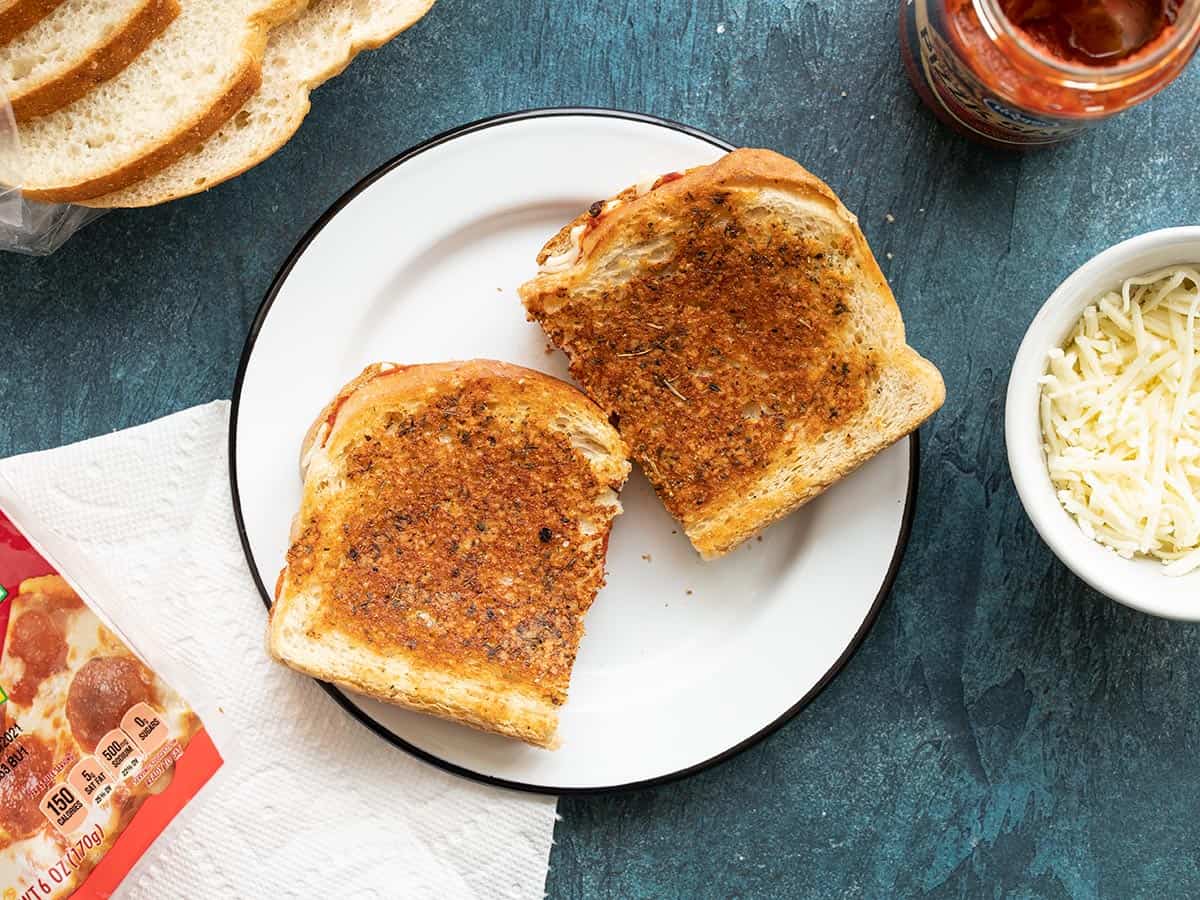









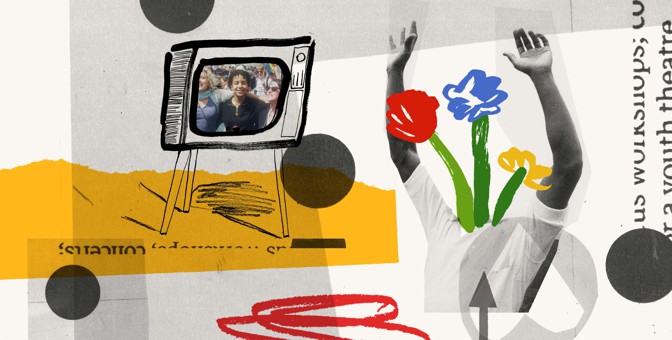





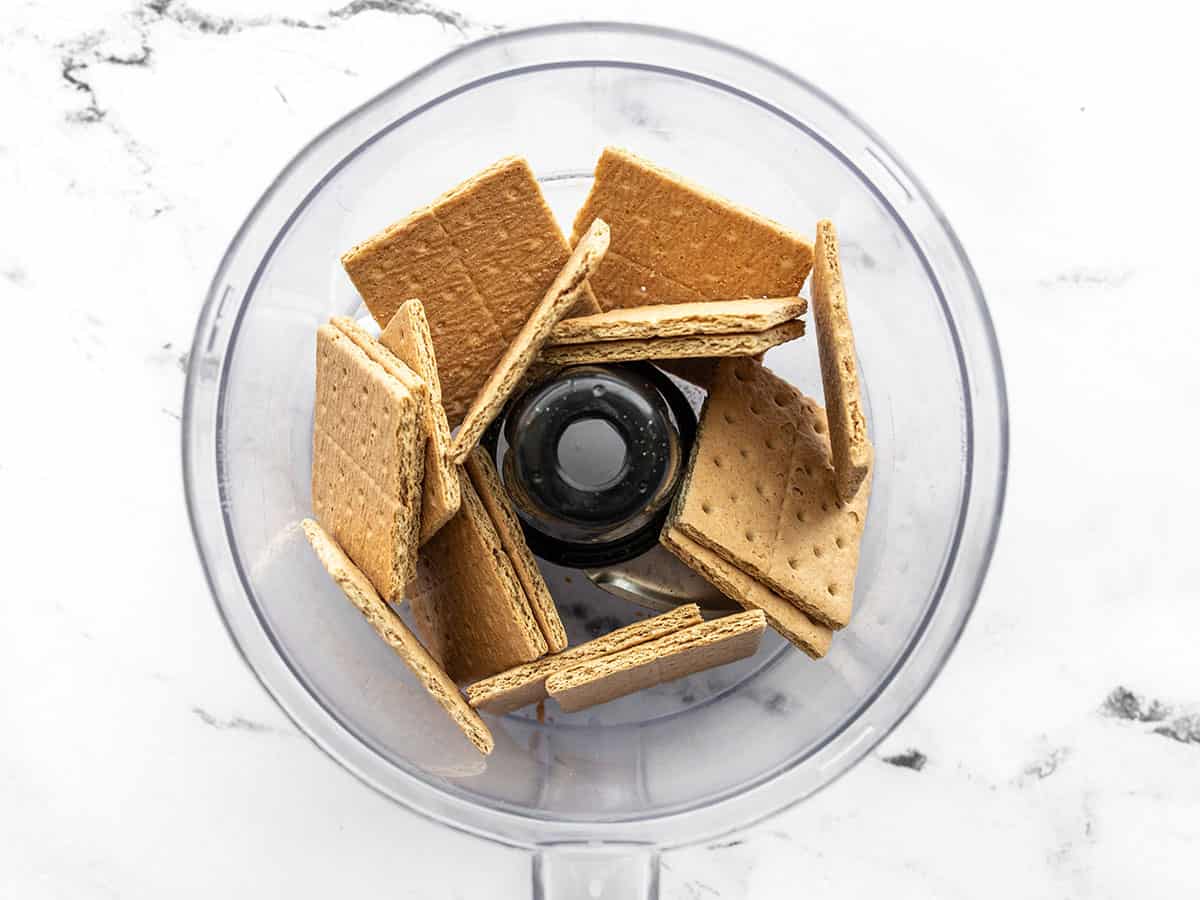
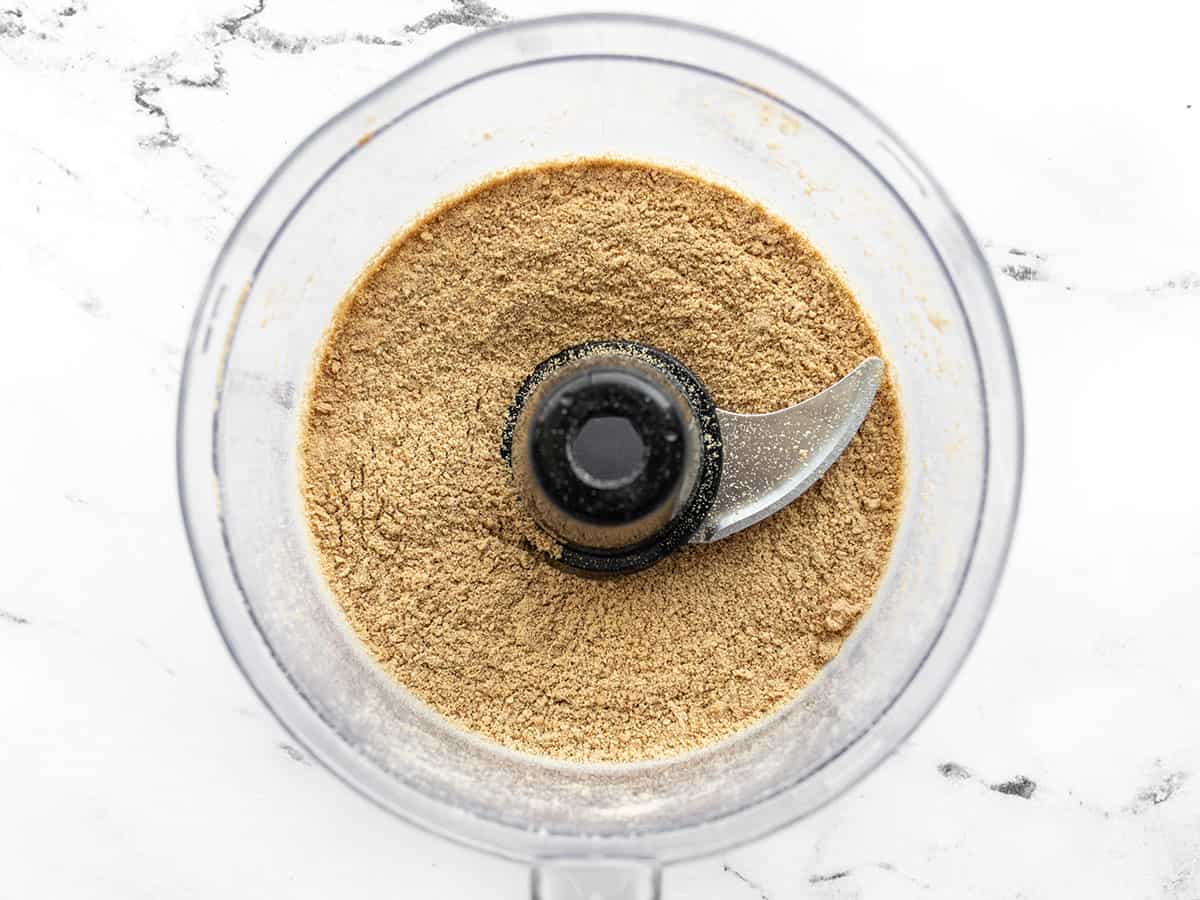

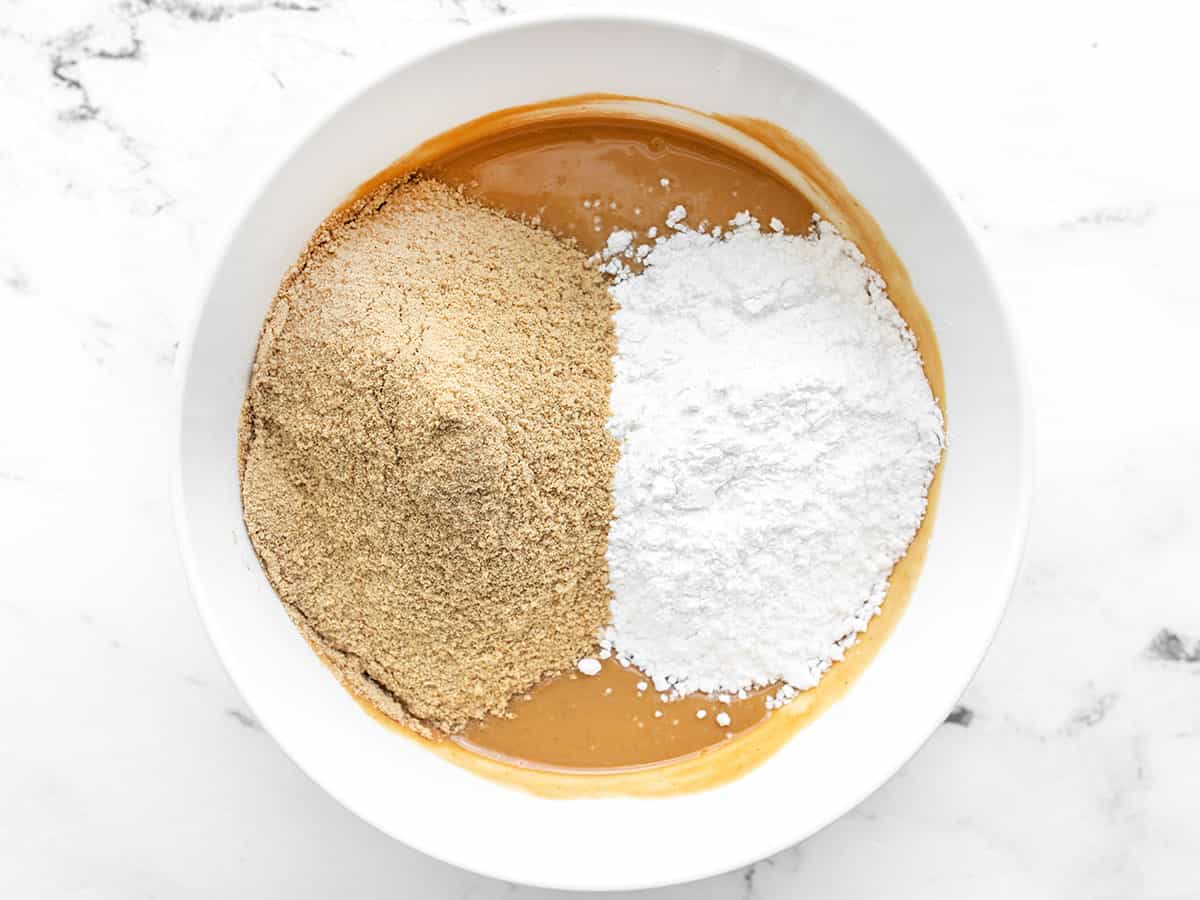
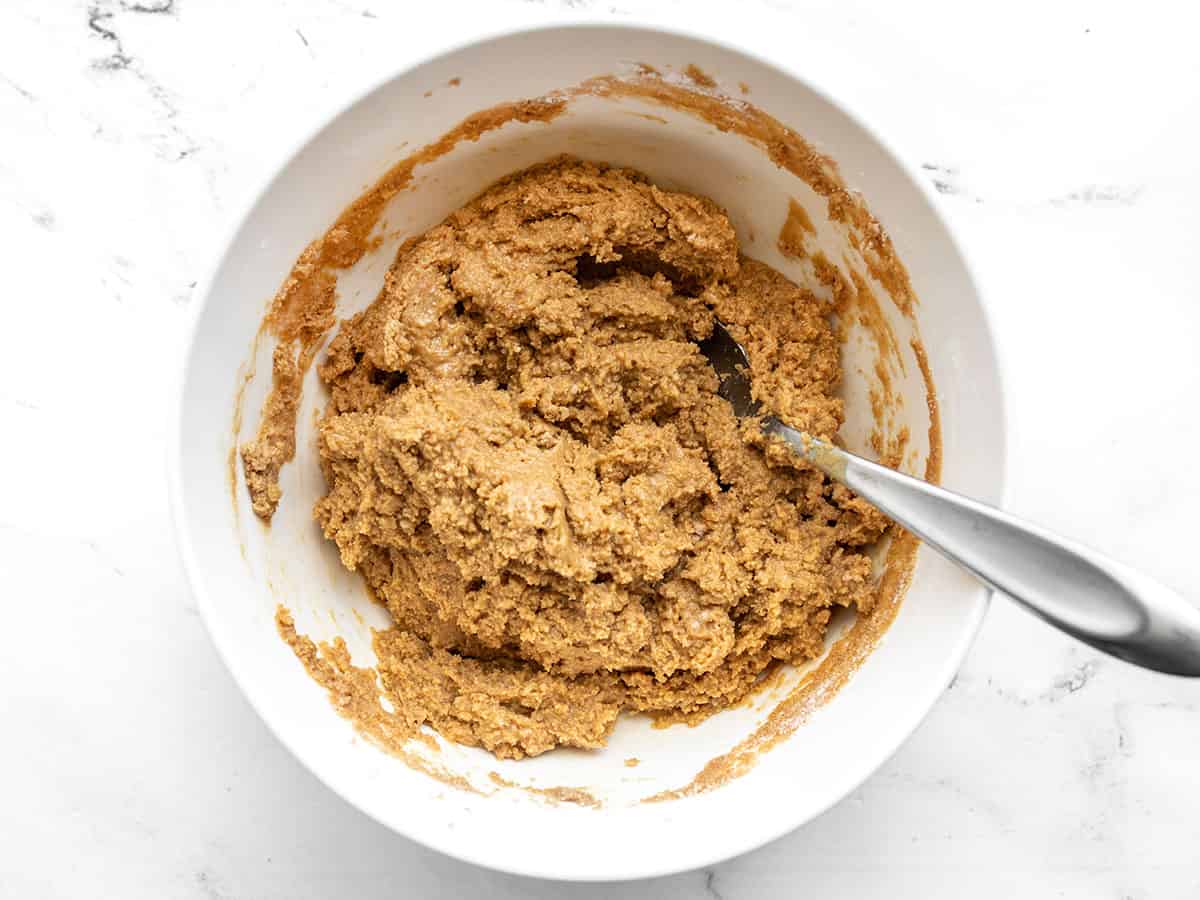
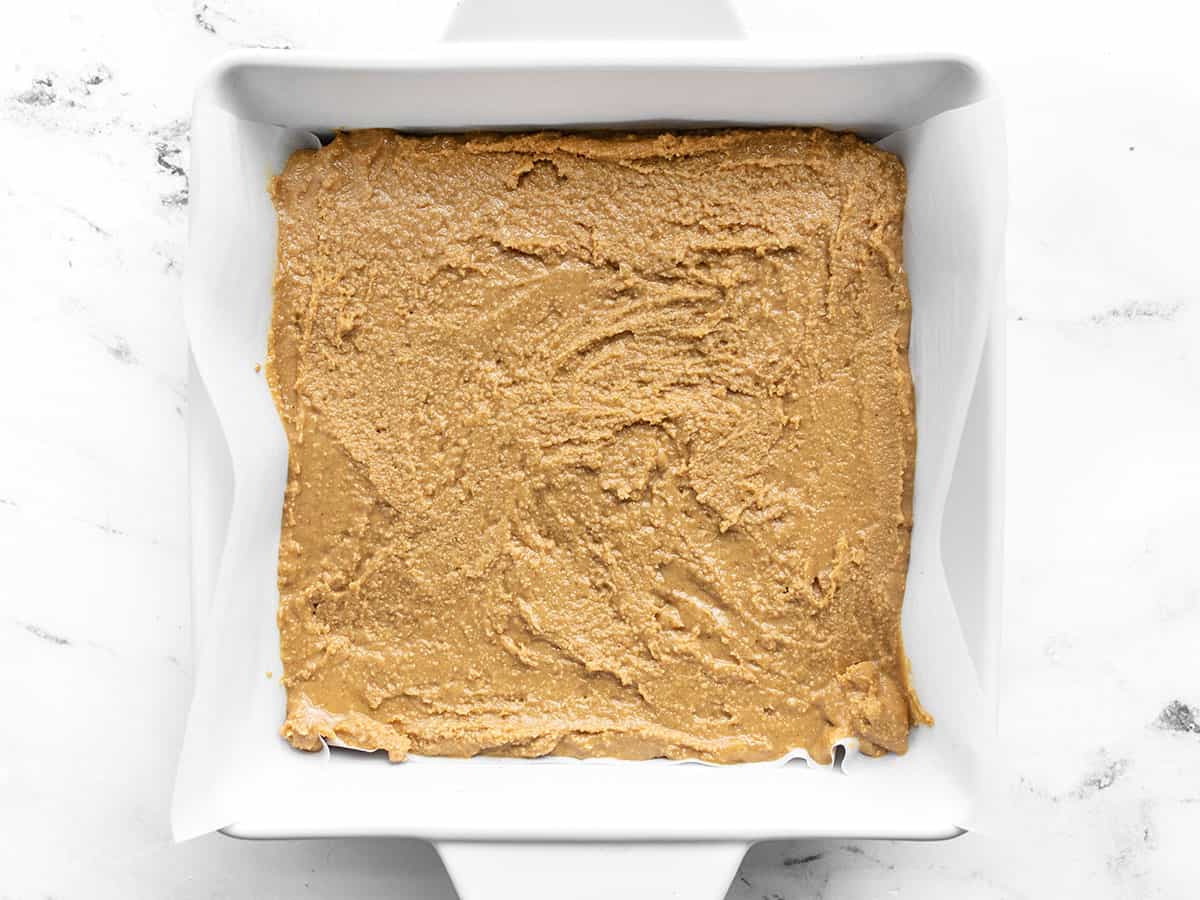
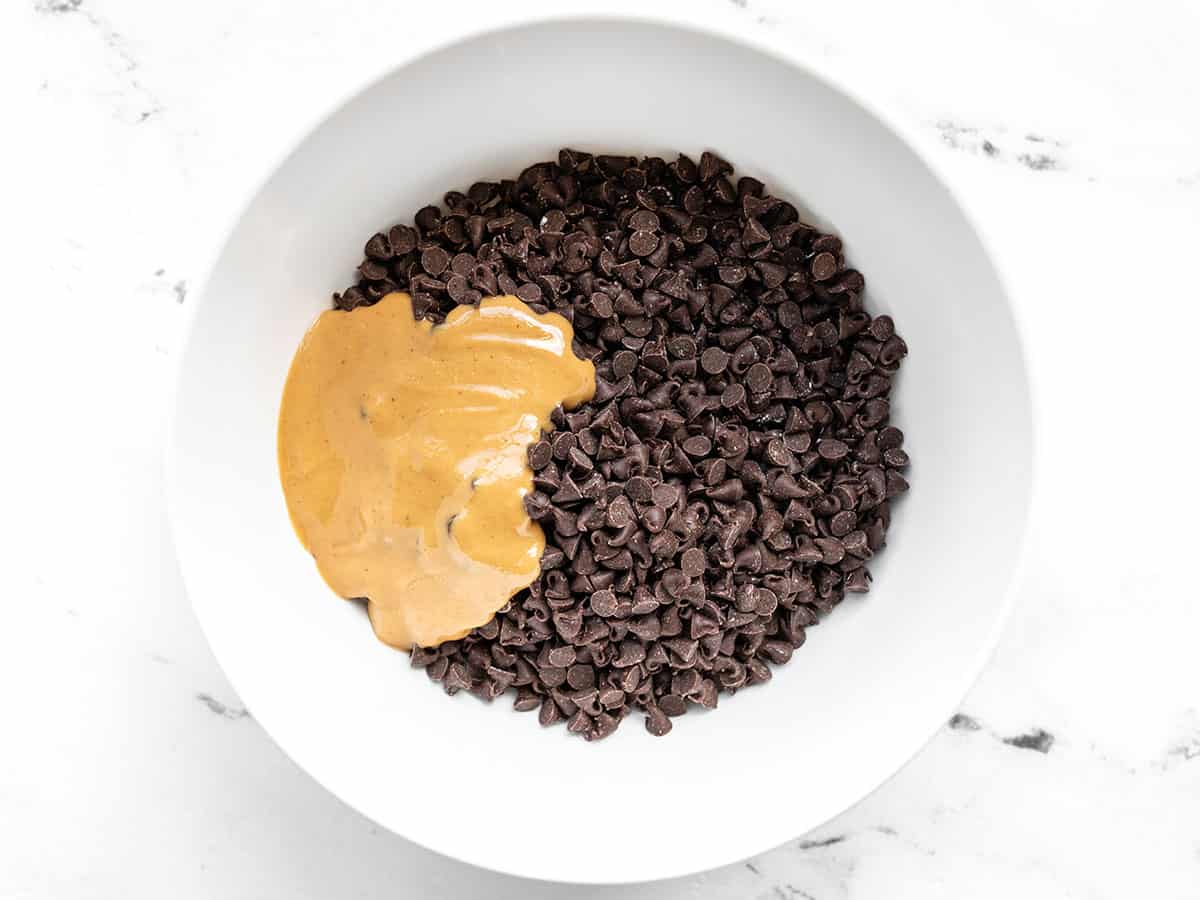
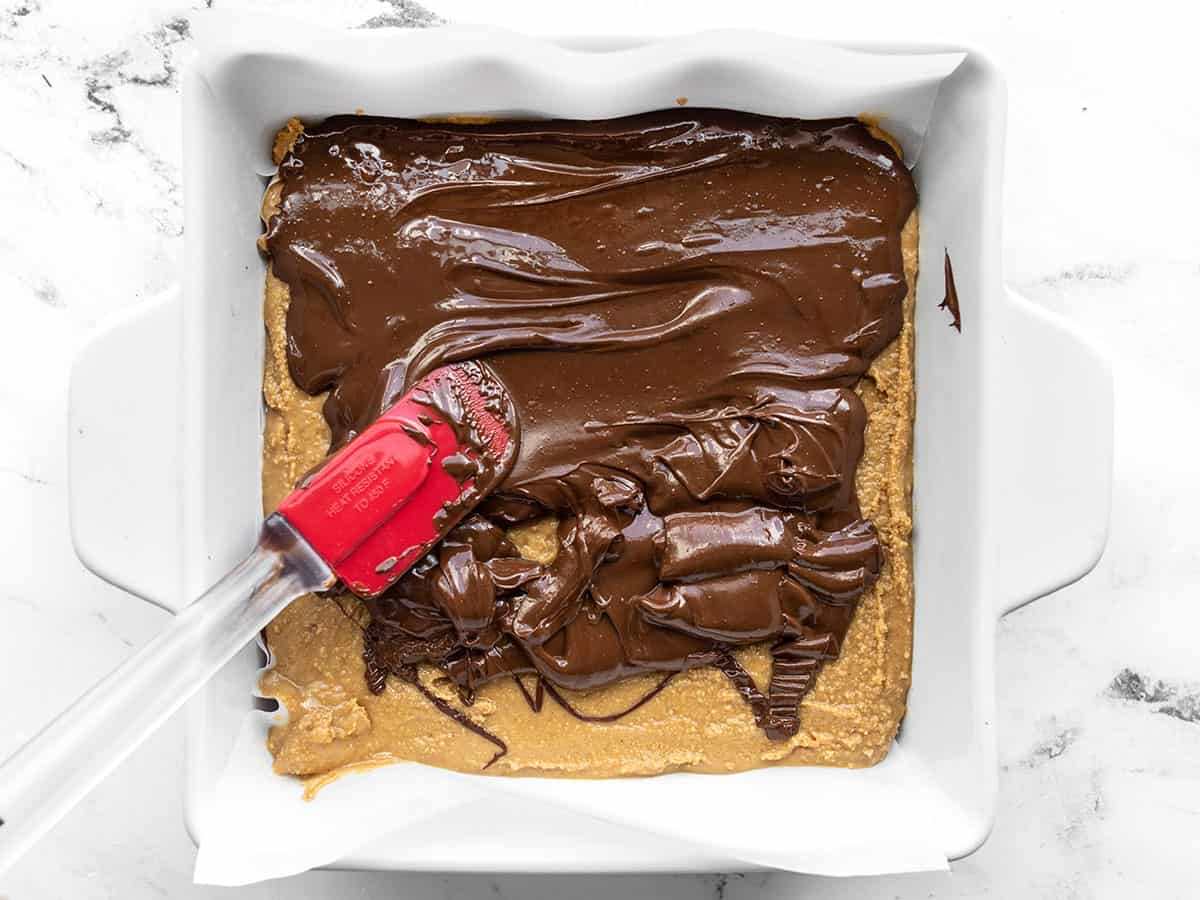
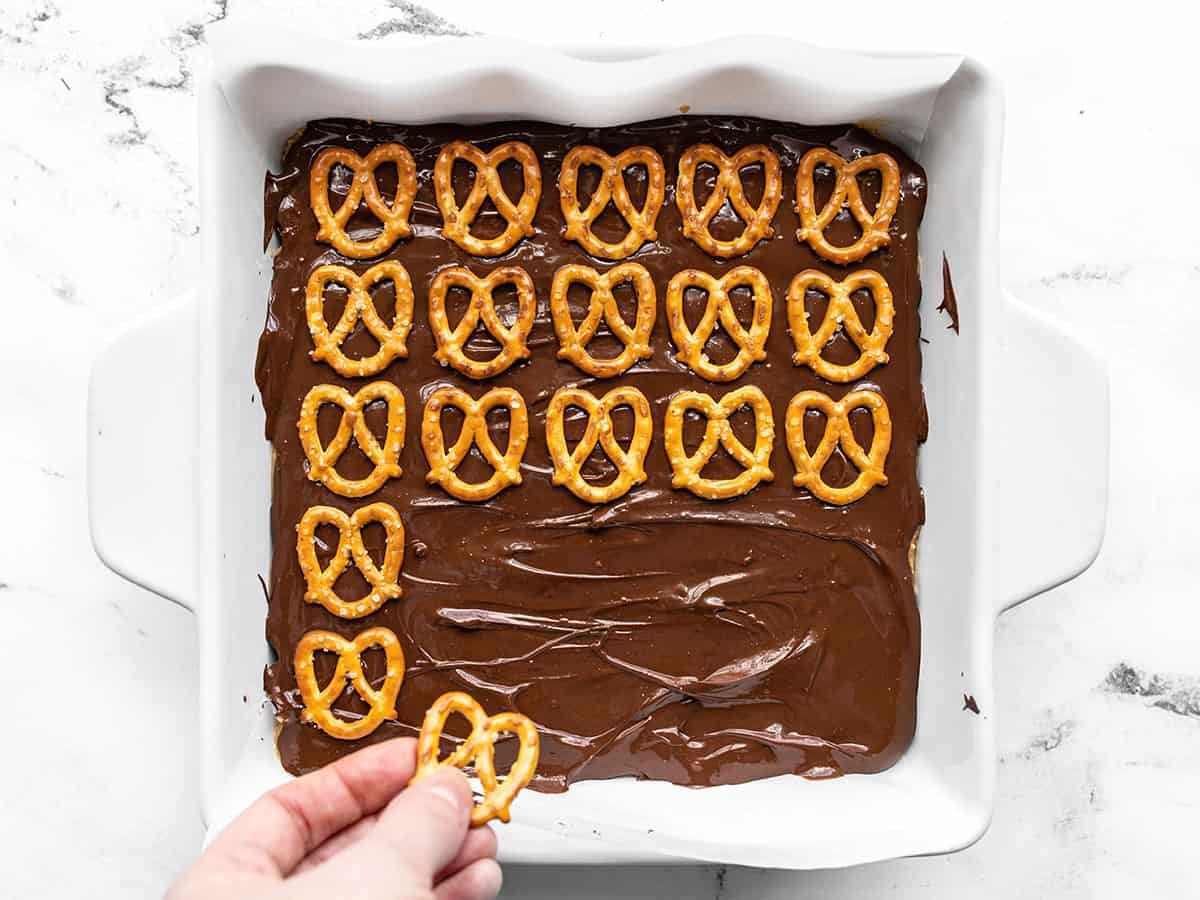



 Marc E. Elias @marceelias
Marc E. Elias @marceelias Photo by
Photo by  Photo by
Photo by  Photo by
Photo by  Photo by
Photo by 